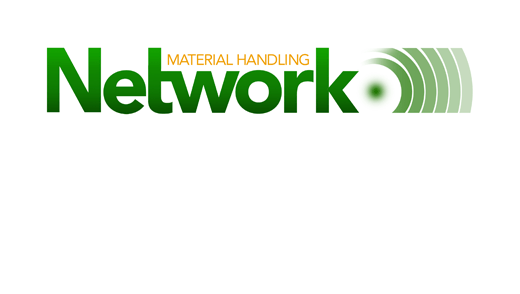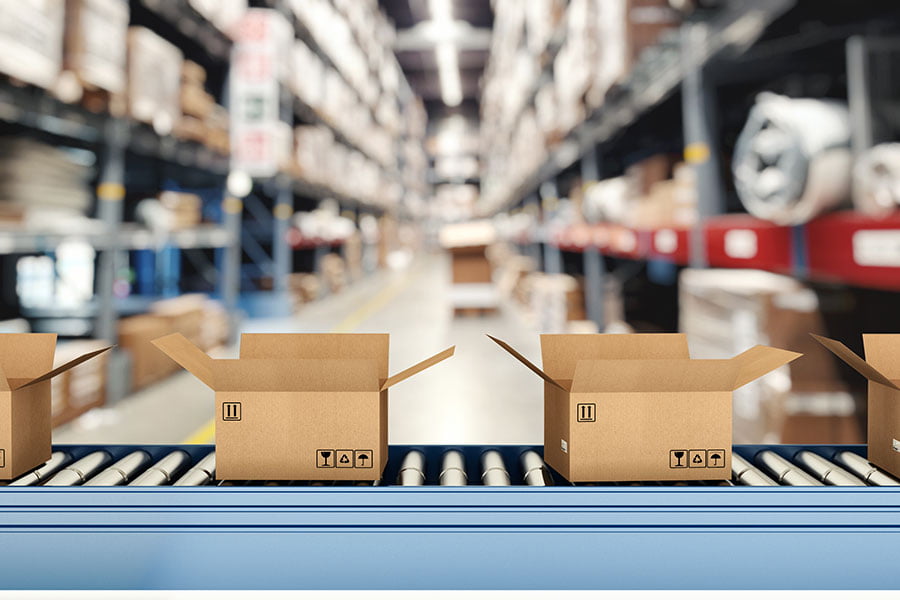Published March 10, 2014
By Gene Tyndall
You may have read numerous recent articles on the benefits of using a transportation management system (TMS) to manage freight. Surveys show that more than 63% of TMS users gain at least an 8% savings in freight costs, with more than 23% of users decreasing costs by 10% or more. In addition, more than 40% of shippers reported that they plan to acquire a TMS in 2014.
With these two points in mind, it is surprising that any company shipping goods today would not make effective use of a TMS. The opportunity to save significant expense, while also improving on-time service to customers, is just too compelling. Yet, only about a third of companies that could benefit from a TMS actually make effective use of one.
The Value Behind a TMS
The mid-size market of companies ($75 million or more in revenues) are especially positioned for a strong potential for heavy payback. A freight expense of as little as $5 million can be reduced enough to justify the investment many times over. It also provides the valuable capability to delight customers and increase revenues.
As many companies and Internet retailers enter the e-commerce world, the scheduling, shipping, and delivering (and returning) of products is complicating their business models. Without careful and deliberate management of e-commerce orders, the costs of shipping, as well as the negative impacts of poor service, will intensify and impact operating margins and profits. The visibility of all shipments in a multichannel business provides substantial value.
Today’s TMS software is available in Cloud-based platforms, and can be acquired and installed via license arrangements or pay-by-use (e.g., on demand). It can be setup to run in three months or less without major changes in transportation management processes or practices. In short, today’s TMS has features and functions that were previously only available with large systems that required many months to be operational.
Functions of a Successful TMS
Let’s consider some of the most important features and functions. These functions allow companies to:
- Select carriers, book, and track shipments. This is the most basic function of freight managers. When shipments reach a level that becomes challenging to manage, spreadsheets and other manual methods become time consuming and costly. The best TMS software handles these efficiently and effectively, freeing up managers for planning and analysis.
- Promise order fulfillment and plan shipments in advance. Shipment planning ahead of time will save time and costs. Some shipments can be consolidated, routed differently, modified, etc. The best TMS software will alert managers for better shipment plans, as well as help create them. Furthermore, as transport capacities tighten due to driver shortages and new hours of service limits, the ability to book capacity in advance will be essential.
- Integrate tightly with the warehouse management system (WMS) and other company systems. Shipments are not isolated events and should not be managed independently of warehouse operations or order management, financial, and customer service systems. The best TMS software integrates with other company systems for total cost minimization and other purposes. Tight integration with the WMS also allows for order management to be completed in a full end-to-end manner.
- Budget, price, and control freight expenses. Since freight is often the largest operational expense, it should be budgeted and controlled in detail. Pricing of shipments (using accurate freight rates) is complicated by several charges, including fuel and accessorial add-ons. Enabling freight audit and payment provides for further savings.
- Optimize the total transport moves. This can be either outbound or inbound, or inter-facility, or even all. Most companies receive goods and also ship them. The best TMS software helps manage either or both of these, depending on the situation. Inbound freight savings can be found by the best TMS software, just as can outbound. The movement of item returns and the transport of goods between company facilities are often overlooked or undermanaged.
- Use without massive training or years of freight experience. The new TMS software has been designed to be more user-friendly. It does not require months of training and/or complex manipulations. Older systems were built around complex tables and matrices that required special skills to manipulate. The new TMS software can be used by analysts with less training or expertise.
- Manage freight in tandem with inventory policies and locations. Not all moves are from the same origin (e.g., plant or distribution center) to the same destinations, either daily or weekly. The TMS can be used along with inventory positioning and allocations in order to minimize the total supply chain costs, which can add up to more than the cost of freight alone.
These capabilities are among the most important and the most quantifiable for the company’s payback analysis. There are others to be evaluated, as well as other specific company criteria to consider for the business case. But the business case will mostly be derived by quantifying these factors.
What About Companies Who Have Already Invested in a TMS?
There are those that are not certain-or not satisfied-with their payback. Or they are getting the full benefit of what is possible with the new TMS. Of those TMS owners, recent surveys report that only a quarter are fully utilizing their systems. This interesting gap highlights the opportunities for shippers to either improve their usage or switch to a newer version with more capabilities.
How Tompkins International Can Help
Tompkins International is impressed with 3GTMS , a new TMS software provider just hitting the market. This software, and its related transportation products, has been developed by some of the best and most experienced TMS leaders in the industry. It is being tested and adopted by several mid-market companies who are gaining significant new benefits. (Disclosure: Tompkins International uses the 3GTMS rating and costing models in our network design solutions.)
The 3GTMS software is very effective at providing the capabilities previously discussed. It is proving to be easier to implement and use, and provides even more optimization and payback than others on the market. Our team is convinced that this TMS will grow to lead the mid-market over time.
Contact the Tompkins International team for further information on our TMS knowledge, experience, and services and solutions. We help clients not only build the business case, but to also evaluate candidate software and its applicability to the client company’s needs. We also provide implementation services that assure early payback and effective and efficient use of the software. The time is right for all companies to manage their freight the right way.


